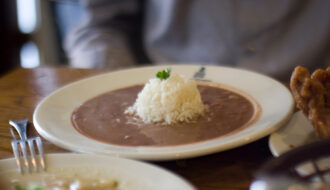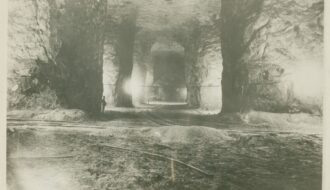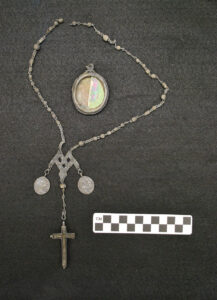Peoples of Louisiana

Receiving Communities
A receiving community is a city, town, or neighborhood that accommodates people displaced by a disaster.

A receiving community is a city, town, or neighborhood that accommodates people displaced by a disaster.

Traditionally served on Mondays in New Orleans, red beans and rice is an economical dish that has become a staple throughout Louisiana and the Gulf Coast.

An important woman leader in the Houma Nation’s history, Rosalie Courteaux defended her people against non-Indian encroachment in the nineteenth century.

Entry describes sagamité, a range of cornmeal-based soups, stews, and porridges with Native American origins that became a common component of French colonial cuisine.

Louisiana is home to 128 identified salt domes, including the coastal dome now known as Avery Island.
After the death of Governor Manuel Gayoso de Lemos in July 1799, Casa Calvo was sent to Louisiana to serve as interim governor of the Spanish colony.

Slavery existed in Louisiana from its earliest origins as a French colony through the Confederacy's defeat in the Civil War. Slave insurrections, however, were unusual events.

During Louisiana's Spanish colonial period, the number of enslaved Africans and the number of free people of color increased greatly.

Spain governed the colony of Louisiana for nearly four decades, from 1763 through March 1803, returning it to France for a few months until the Louisiana Purchase conveyed it to the United States in 1803.

By the end of Spanish rule, Louisiana was a stable colonial outpost.

Established in 1789, St. Louis Cemetery No. 1 is the oldest cemetery in the city of New Orleans.

Thousands of New Orleans’s eighteenth-century residents are interred at the site of the St. Peter Street Cemetery in the French Quarter.
One-Year Subscription (4 issues) : $25.00
Two-Year Subscription (8 issues) : $40.00
